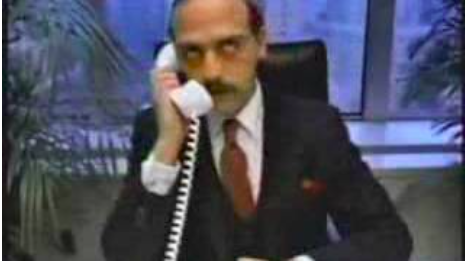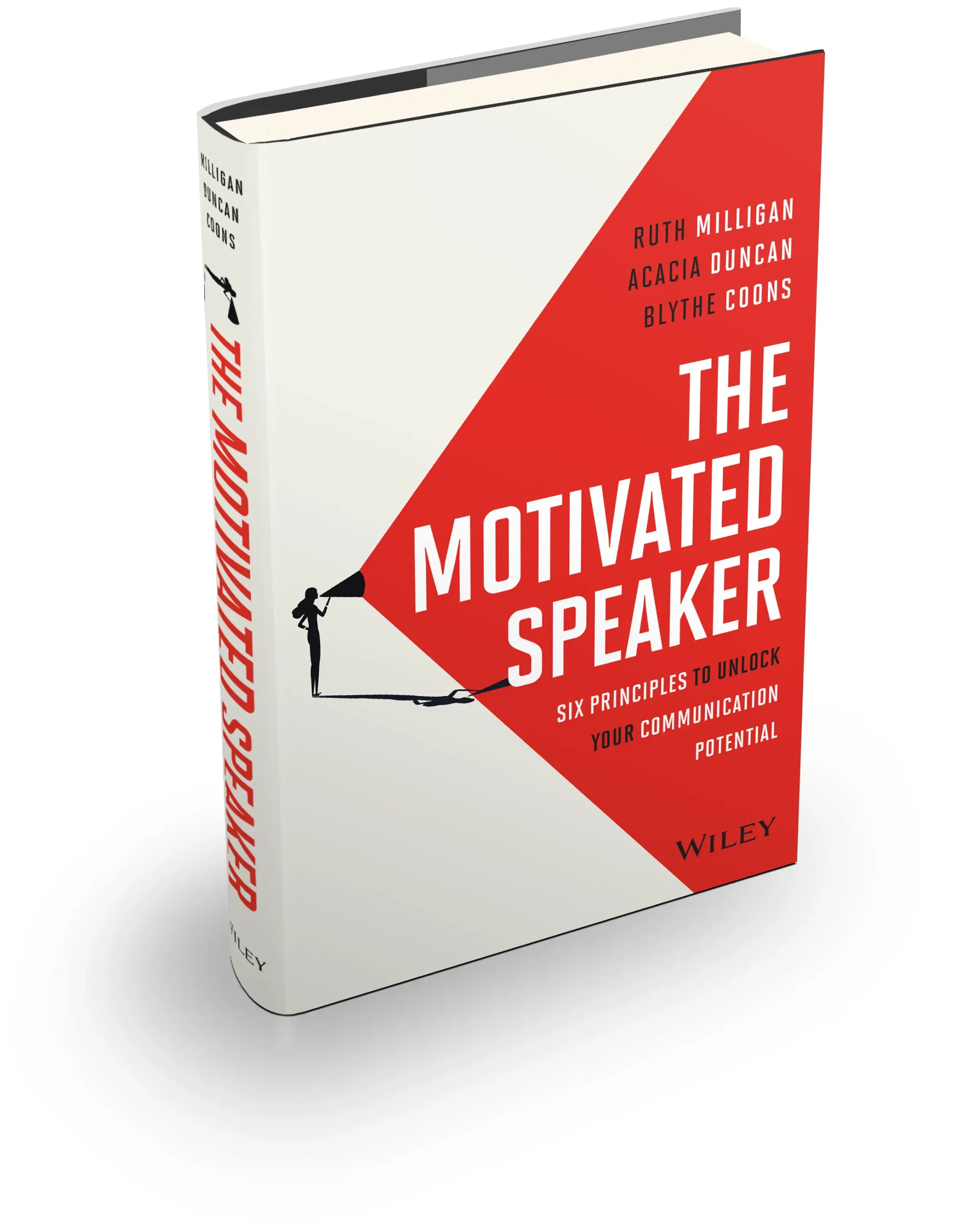Allyson, my outrageously dedicated associate, got to take the stage herself this week for the first time since joining ar.tic.u.la.tion full time in May. She was invited to speak at a local high school – not our typical audience – so she worked hard to adjust one of our favorite tips for them on connecting your vocal, verbal and visual presentations. Below she shares her experience and a few ways she got her message to resonate:
A good friend of mine asked me to speak in her public speaking class at a local high school. I’ve helped to write presentations in the past, but this was my first experience creating it on my own for ar.tic.u.la.tion and presenting on my own. Needless to say, I was a bit nervous. Fifteen year-olds can be brutal and my friend didn’t provide me with much direction, “speak about your ar.tic.u.la.tion stuff,” she said. I thanked her for being so specific.
I finally settled on talking about connecting the visual, vocal and verbal in a presentation. (Knowing that they recently finished a unit on non-verbal communication, I thought this could be a strong topic- my friend agreed.) This is topic we’ve discussed 100 times with our adult clients, but how do I make it relevant to a high school student?
I broke it down. What are visuals? Most of us think that visuals are describing the powerpoint slides you create, that is not always the case. Visuals consist of everything the audience sees, including your appearance, your non-verbals (gestures, eye movement, pacing) and any visual aids you use. Easy enough.
Next, it was on to vocals. Most people probably think vocal and verbal are the same thing. Not so. When we say vocals we are describing the presenters pace, tone, volume, etc. This is where I caught the kids attention. Who remembers this ad from FedEx from the late 1980s? I knew they wouldn’t (they weren’t born yet) so it was fun to share :
The kids thought it was hilarious and not just for the outdated technology. They couldn’t understand him as he was a little loud and fairly monotone. This is exactly what I was hoping for. It is easy to let your nerves get the best of you to and speak too quickly, especially as a new speaker. It is important to pause so the audience has a chance to process what you’re saying. These pauses also allow you, as the speaker, to collect your thoughts before you move on to the next topic.
Finally, we discussed verbals and the importance of choosing your words carefully. No one wants to sit in a presentation that is filled with jargon that they don’t understand. I illustrated this by using jargon from Harry Potter. Most of the kids in the room were familiar with the Harry Potter books or movies. So, they understood the idea of muggles, horcruxes and quidditch. However, if they were explaining the story to their parents using these terms might be confusing (if their parents aren’t familiar with the story). The students could truly relate to this topic. This was a perfect example of knowing your audience. Had I been in a room full of adults, this example might not have worked so well.
I finished my presentation by watching a clip of performance poet Sarah Kay, who does an excellent job of connecting her visuals, vocals and verbals in a very rehearsed but seemly natural way that the students would understand.
Connecting the visual, vocal and verbal is something that every presenter needs to remember and practice. It doesn’t matter if you are a 15-year-old public speaking student or a seasoned presenter, we tend to neglect connecting these elements and the audience can tell. Spending a little more time practicing the content will help any presenter decide where to place pauses to be most effective, how to gesture during a particular section, where to add inflection and when to change the slides (if you are even using them).


